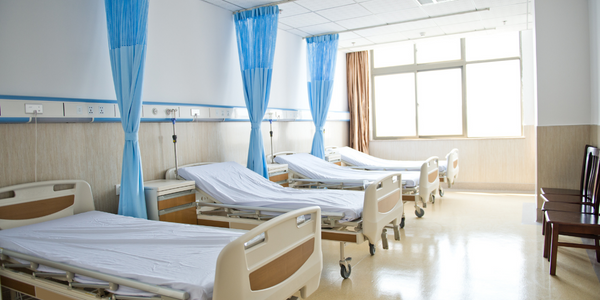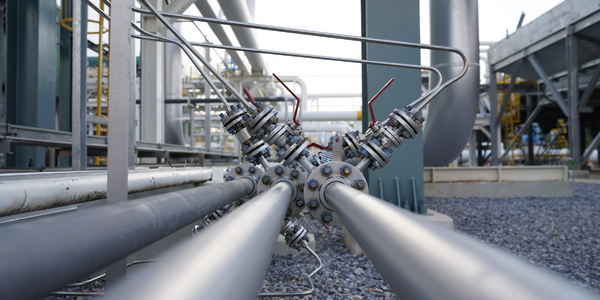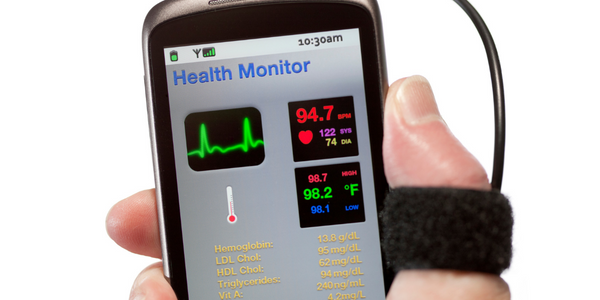Efficiency soars for high-end joinery and fit-out contractor
公司规模
Mid-size Company
地区
- Europe
国家
- United Kingdom
产品
- Microvellum Software
- AutoCAD
- Biesse SKILL CNC machines
- Biesse Rover KFT CNC machines
技术栈
- AutoCAD-based design platform
- 3D visualization
- CNC machinery integration
实施规模
- Enterprise-wide Deployment
影响指标
- Productivity Improvements
- Waste Reduction
- Customer Satisfaction
技术
- 功能应用 - 制造执行系统 (MES)
适用行业
- 建筑与基础设施
- 医疗保健和医院
- 消费品
适用功能
- 离散制造
- 产品研发
用例
- 预测性维护
- 自动化制造系统
- 视觉质量检测
服务
- 软件设计与工程服务
- 系统集成
关于客户
Martek is a professional joinery and fit-out contractor based in Croydon, South London, with nearly four decades of experience in designing, manufacturing, and installing bespoke joinery. The company specializes in high-end commercial, healthcare, and cinema interiors, operating from a 40,000 sq. ft. production facility that combines the latest software and machinery with traditional craftsmanship. Martek has built a reputation for handling complex, high-profile projects, including penthouses, state-of-the-art cinemas, corporate offices, and healthcare facilities. The company is committed to sustainability and innovation, recently expanding into a new market to eliminate single-use plastic from the food supply chain by building flexible furniture products and displays.
挑战
Martek, a high-end joinery and fit-out contractor, faces significant challenges in maintaining competitive pricing amidst rising material costs and project delays. The company is under pressure from architects to push the limits of manufacturing while dealing with a 20% average increase in costs from suppliers. Despite these challenges, clients expect prices to remain stable, prompting Martek to focus on efficiency gains to sustain its business. The pandemic has exacerbated these issues, making it crucial for Martek to find solutions that enhance productivity and reduce costs without compromising on quality.
解决方案
To address the challenges of rising costs and the need for efficiency, Martek relies on Microvellum Software, an AutoCAD-based design, engineering, and production platform tailored for woodworkers. This software has been integral to Martek's operations for fourteen years, allowing seamless transitions from design to production. The software's 3D visualization capabilities help reduce errors and expedite the production process by providing all necessary manufacturing information within the drawings. Martek's customizable product library, which includes the latest hardware and materials, streamlines ordering and detailing unique projects. The integration of Microvellum with Biesse CNC machines optimizes parts processing, minimizes material waste, and saves time, contributing to Martek's sustainability goals. These innovations in software and machinery have enabled Martek to create a successful business model, supporting their expansion into new markets and ensuring resilience against future challenges.
运营影响
数量效益

Case Study missing?
Start adding your own!
Register with your work email and create a new case study profile for your business.
相关案例.
.png)
Case Study
Improving Vending Machine Profitability with the Internet of Things (IoT)
The vending industry is undergoing a sea change, taking advantage of new technologies to go beyond just delivering snacks to creating a new retail location. Intelligent vending machines can be found in many public locations as well as company facilities, selling different types of goods and services, including even computer accessories, gold bars, tickets, and office supplies. With increasing sophistication, they may also provide time- and location-based data pertaining to sales, inventory, and customer preferences. But at the end of the day, vending machine operators know greater profitability is driven by higher sales and lower operating costs.

Case Study
IoT System for Tunnel Construction
The Zenitaka Corporation ('Zenitaka') has two major business areas: its architectural business focuses on structures such as government buildings, office buildings, and commercial facilities, while its civil engineering business is targeted at structures such as tunnels, bridges and dams. Within these areas, there presented two issues that have always persisted in regard to the construction of mountain tunnels. These issues are 'improving safety" and "reducing energy consumption". Mountain tunnels construction requires a massive amount of electricity. This is because there are many kinds of electrical equipment being used day and night, including construction machinery, construction lighting, and ventilating fan. Despite this, the amount of power consumption is generally not tightly managed. In many cases, the exact amount of power consumption is only ascertained when the bill from the power company becomes available. Sometimes, corporations install demand-monitoring equipment to help curb the maximum power demanded. However, even in these cases, the devices only allow the total volume of power consumption to be ascertained, or they may issue warnings to prevent the contracted volume of power from being exceeded. In order to tackle the issue of reducing power consumption, it was first necessary to obtain an accurate breakdown of how much power was being used in each particular area. In other words, we needed to be able to visualize the amount of power being consumed. Safety, was also not being managed very rigorously. Even now, tunnel construction sites often use a 'name label' system for managing entry into the work site. Specifically, red labels with white reverse sides that bear the workers' names on both sides are displayed at the tunnel work site entrance. The workers themselves then flip the name label to the appropriate side when entering or exiting from the work site to indicate whether or not they are working inside the tunnel at any given time. If a worker forgets to flip his or her name label when entering or exiting from the tunnel, management cannot be performed effectively. In order to tackle the challenges mentioned above, Zenitaka decided to build a system that could improve the safety of tunnel construction as well as reduce the amount of power consumed. In other words, this new system would facilitate a clear picture of which workers were working in each location at the mountain tunnel construction site, as well as which processes were being carried out at those respective locations at any given time. The system would maintain the safety of all workers while also carefully controlling the electrical equipment to reduce unnecessary power consumption. Having decided on the concept, our next concern was whether there existed any kind of robust hardware that would not break down at the construction work site, that could move freely in response to changes in the working environment, and that could accurately detect workers and vehicles using radio frequency identification (RFID). Given that this system would involve many components that were new to Zenitaka, we decided to enlist the cooperation of E.I.Sol Co., Ltd. ('E.I.Sol') as our joint development partner, as they had provided us with a highly practical proposal.

Case Study
Hospital Inventory Management
The hospital supply chain team is responsible for ensuring that the right medical supplies are readily available to clinicians when and where needed, and to do so in the most efficient manner possible. However, many of the systems and processes in use at the cancer center for supply chain management were not best suited to support these goals. Barcoding technology, a commonly used method for inventory management of medical supplies, is labor intensive, time consuming, does not provide real-time visibility into inventory levels and can be prone to error. Consequently, the lack of accurate and real-time visibility into inventory levels across multiple supply rooms in multiple hospital facilities creates additional inefficiency in the system causing over-ordering, hoarding, and wasted supplies. Other sources of waste and cost were also identified as candidates for improvement. Existing systems and processes did not provide adequate security for high-cost inventory within the hospital, which was another driver of cost. A lack of visibility into expiration dates for supplies resulted in supplies being wasted due to past expiry dates. Storage of supplies was also a key consideration given the location of the cancer center’s facilities in a dense urban setting, where space is always at a premium. In order to address the challenges outlined above, the hospital sought a solution that would provide real-time inventory information with high levels of accuracy, reduce the level of manual effort required and enable data driven decision making to ensure that the right supplies were readily available to clinicians in the right location at the right time.

Case Study
Gas Pipeline Monitoring System for Hospitals
This system integrator focuses on providing centralized gas pipeline monitoring systems for hospitals. The service they provide makes it possible for hospitals to reduce both maintenance and labor costs. Since hospitals may not have an existing network suitable for this type of system, GPRS communication provides an easy and ready-to-use solution for remote, distributed monitoring systems System Requirements - GPRS communication - Seamless connection with SCADA software - Simple, front-end control capability - Expandable I/O channels - Combine AI, DI, and DO channels








